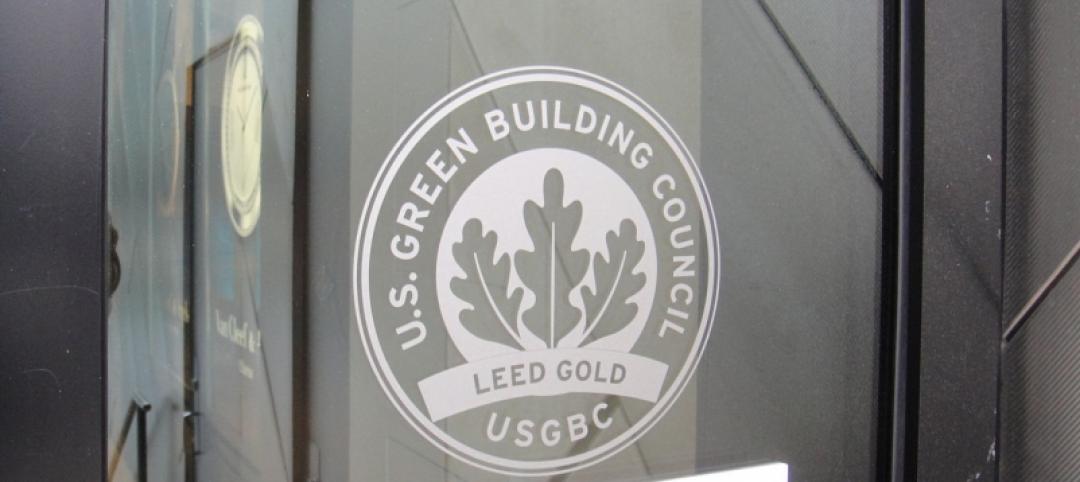The U.S. Department of Energy recently released a report on the initial performance and reliability of chromaticity sensors used for tunable LED lighting systems.
This study found that a chromaticity sensor used in the control system of a tunable lighting installation has high reliability, even under relatively harsh test conditions. The study examined the initial performance and aging characteristics of a sensor consisting of a series of six photodiodes that respond to different wavelengths to adjust illuminance, correlated color temperature (CCT), and chromaticity.
The sensor devices were exposed to a 5,000-hour accelerated stress test: one group at a continuous room temperature operating life, a second at a continuous but elevated ambient temperature of 75°C, and a third in a temperature-humidity environment of 75°C and 75% relative humidity (also known as a 7575 environment).
No abrupt failure of the sensor was found after 5,000 hours of testing, even in the relatively harsh 7575 environment. Just one parametric failure after 5,000 hours of 7575 testing was observed. Such a failure produces a change in a tunable device that would be noticeable to an observer. Light from the tunable fixture would likely be blue-shifted.
Related Stories
Codes and Standards | Apr 18, 2016
ASHRAE releases proposed energy standard for historic buildings
Designed to balance with preservation requirements.
Codes and Standards | Apr 13, 2016
Canadian city fines itself for failing to get a building permit for building renovation
Guelph, Ontario, will pay a $1,125 fine to the province.
Codes and Standards | Apr 12, 2016
Construction trade groups sue OSHA over silica rule
Cite concerns about technological and economic feasibility.
Codes and Standards | Apr 11, 2016
New LEED 2009 projects will have to meet increased minimum energy performance
New requirements went into effect April 8.
Wood | Apr 8, 2016
New LEED Pilot ACP designed to help eliminate irresponsibly sourced materials
Illegal wood is primary target to restrict illicit material in the supply chain.
Lighting | Apr 5, 2016
Lighting requirements for high-rise dwellings proposed for energy standard
The requirements would effectively eliminate incandescent and halogen bulbs.
Steel Buildings | Apr 4, 2016
AISI publishes Cold-Formed Steel Framing Design Guide, 2016 Edition
Updates 2007 edition; includes five comprehensive design examples.
Data Centers | Apr 1, 2016
ASHRAE releases publication on the impact of IT equipment on data center design
The book offers advice for designing structures in the fast-changing data center industry.
Codes and Standards | Mar 28, 2016
Occupant egress simulations that impact codes fall short, researchers say
Building evacuations in emergencies are too dangerous as a result.
School Construction | Mar 28, 2016
National report on school buildings reports $46 billion annual funding shortfall
Millions of students said to be learning in obsolete facilities.

















